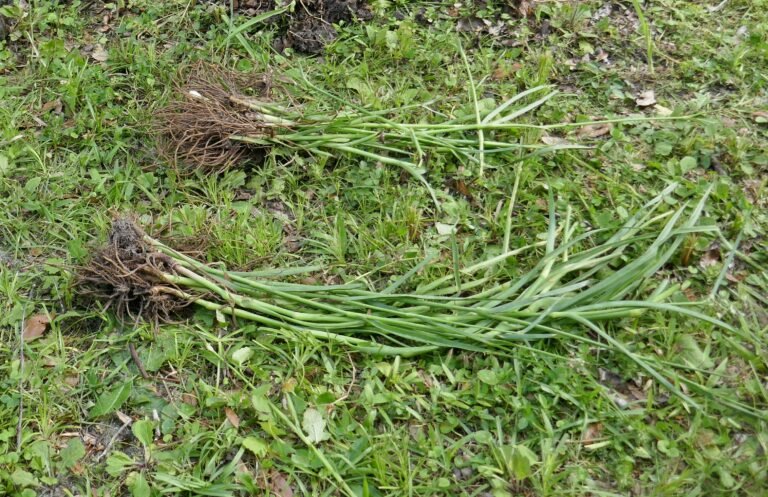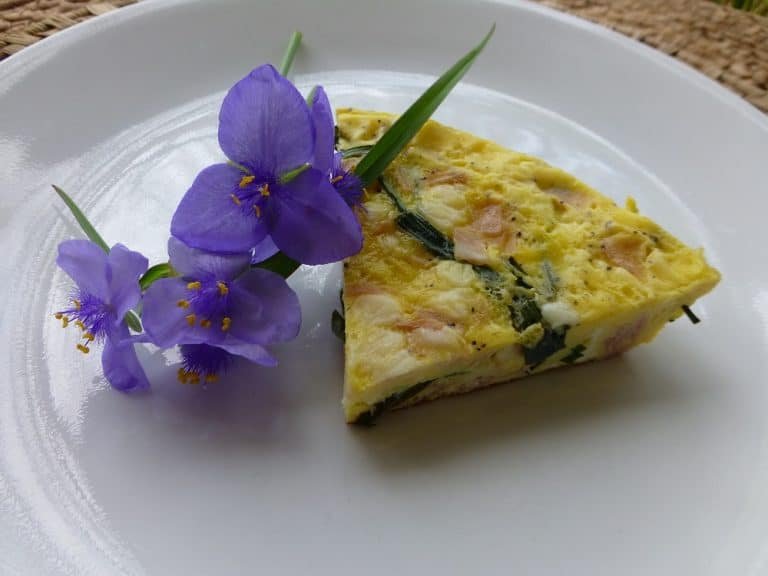
Tradescantia ohiensis
(Ohio Spiderwort)
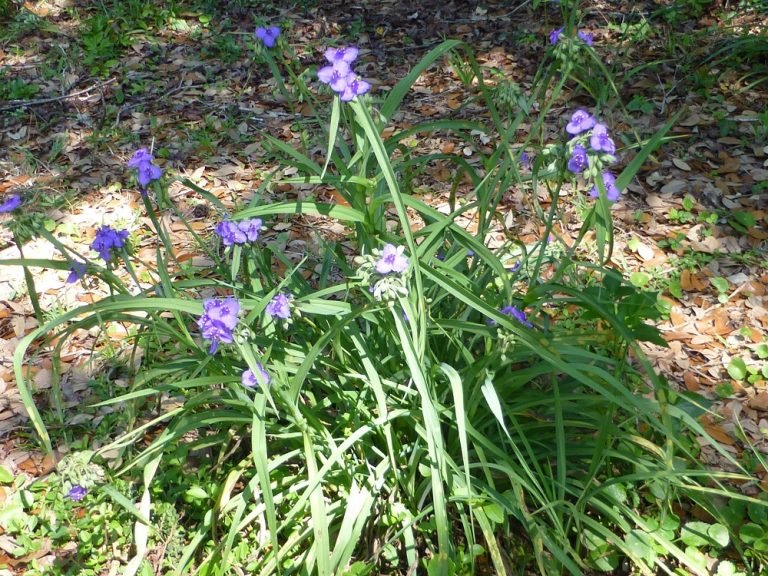
Common Names, Latin Name, and Family
The common names include Ohio spiderwort and bluejacket.
The Latin name is Tradescantia ohiensis.
It is in the Commelinaceae, or dayflower, family.
Form
This perennial wildflower grows to a height of about two feet and just about as wide.
Leaves
The leaves are linear with entire margins and are folded lengthwise. A gelatinous sap is released when they are cut.
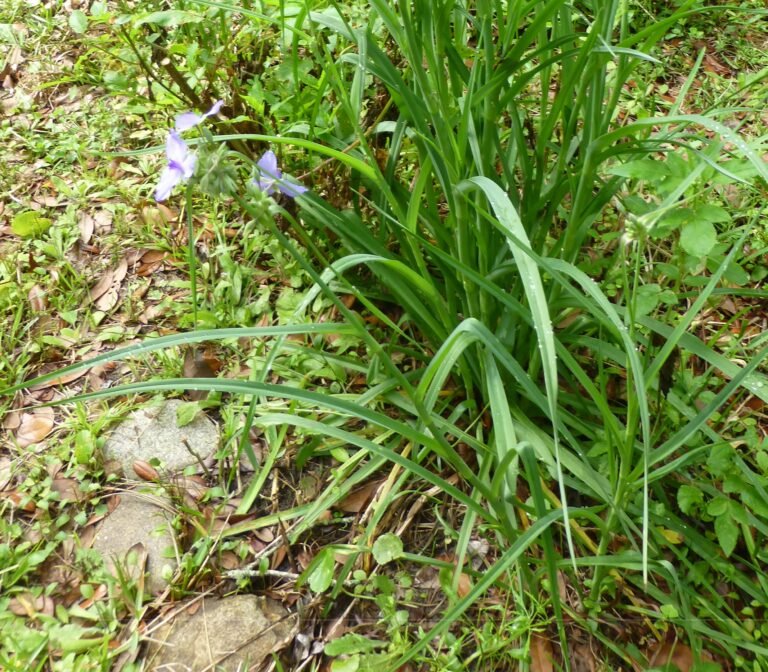
Flowers
The blue flowers appear late winter, spring, summer and fall.
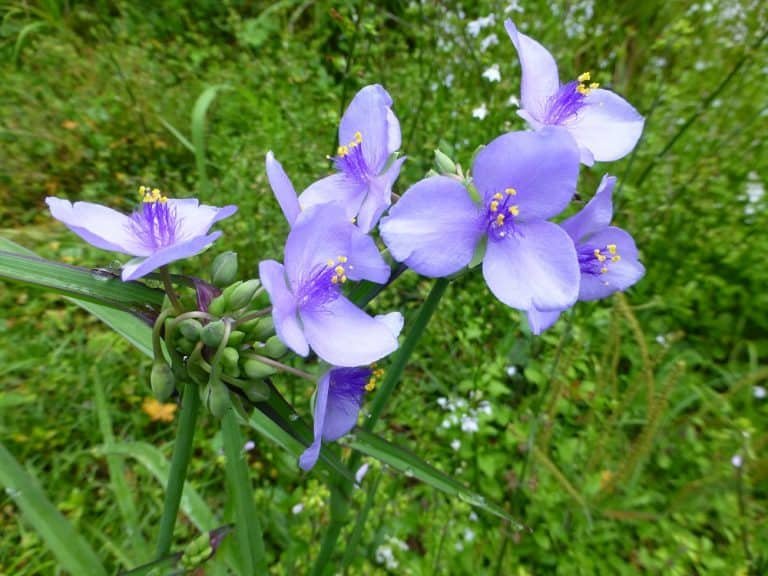
Fruit / Seeds
The seeds are small and dark gray. When magnified they show many tiny divots on the surface.
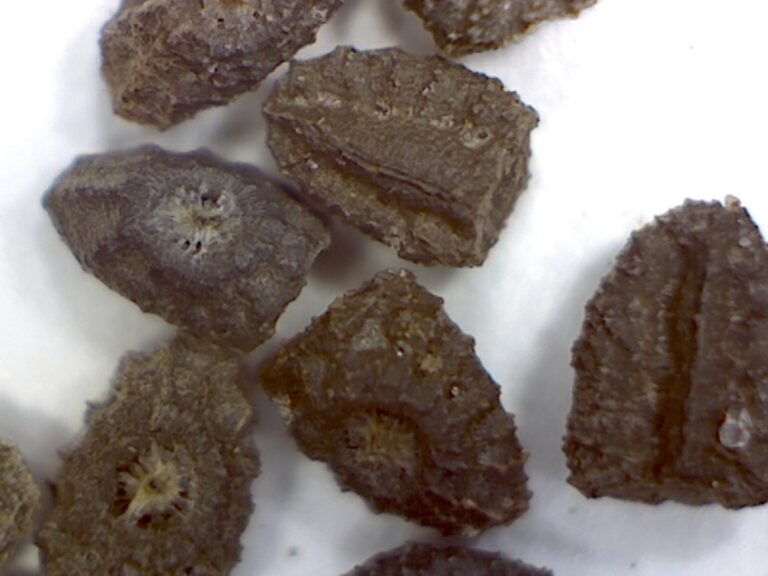
Habitat
It occurs naturally in moist ditches, moist meadows, riparian areas, and disturbed sites.
Native Range
In Florida it occurs naturally from the panhandle south to Highlands County.
It is native to the following states: AL, AR, CT, DE, FL, GA, IA, IL, IN, KS, KY, LA, MA, MD, ME, MI, MN, MO, MS, NC, NE, NH, NJ, NY, OH, OK, PA, RI, SC, TN, TX, VA, WI, and WV.
Landscape Use
In the home landscape it can be grown in full sun to part shade with average to moist soils. It flowers best in full sun.
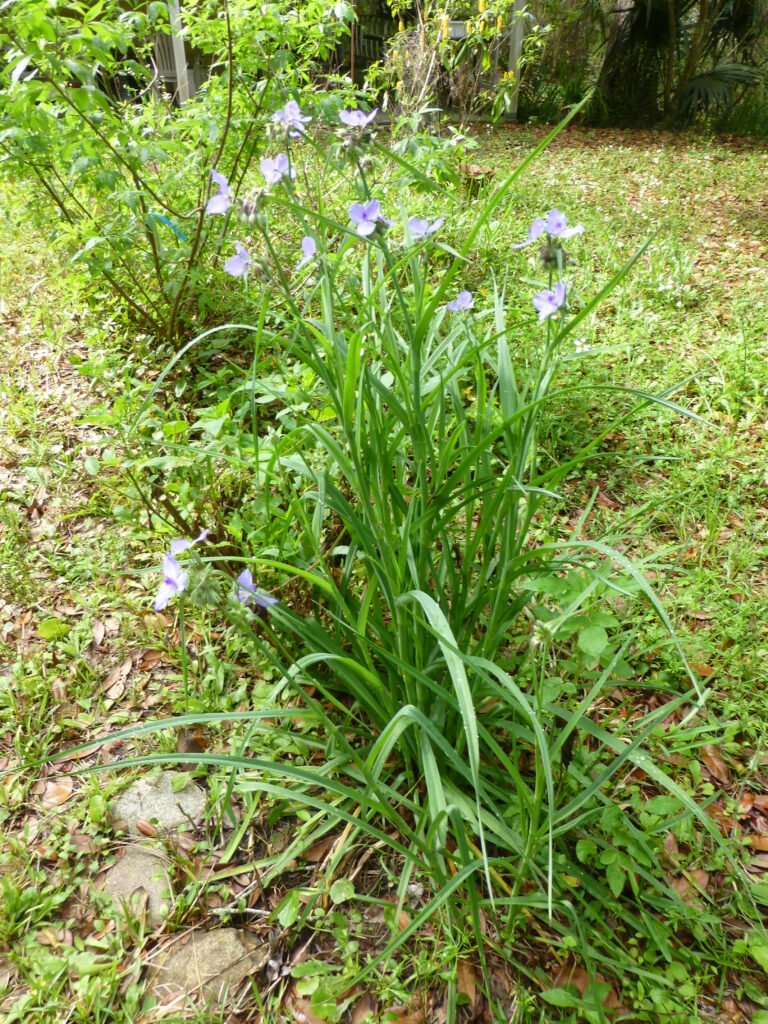
Wildlife Use
The flowers are a bumblebee favorite.
The flowers, flower buds, and seeds are eaten by songbirds and small mammals.
The foliage is used as shelter for frogs and lizards, and also a foraging area to look for food.
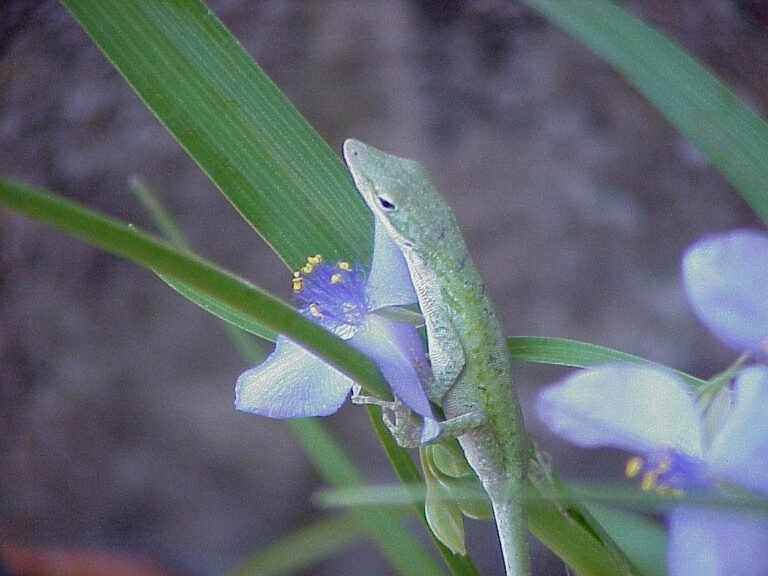
Human Use
Ohio spiderwort is edible and can be used added to stir fry, quiches, frittatas, or savory pancakes.
It has a slightly slimy texture when cut, much like okra, and like okra some love it or hate it. I would say give it a try and find out for yourself.
I make a delicious, gluten free, frittata with my spiderwort leaves. Check out the link to see the recipe. Spiderwort Fritatta!
Propagation
It can be grown with seeds or transplants.
When transplanting remove any flowering stalks to help reduce the shock to the specimen. The transplants look very much like green onions. Transplants will survive at just about any size.
I have Florida ecotype seeds for sale at my Ebay store!
